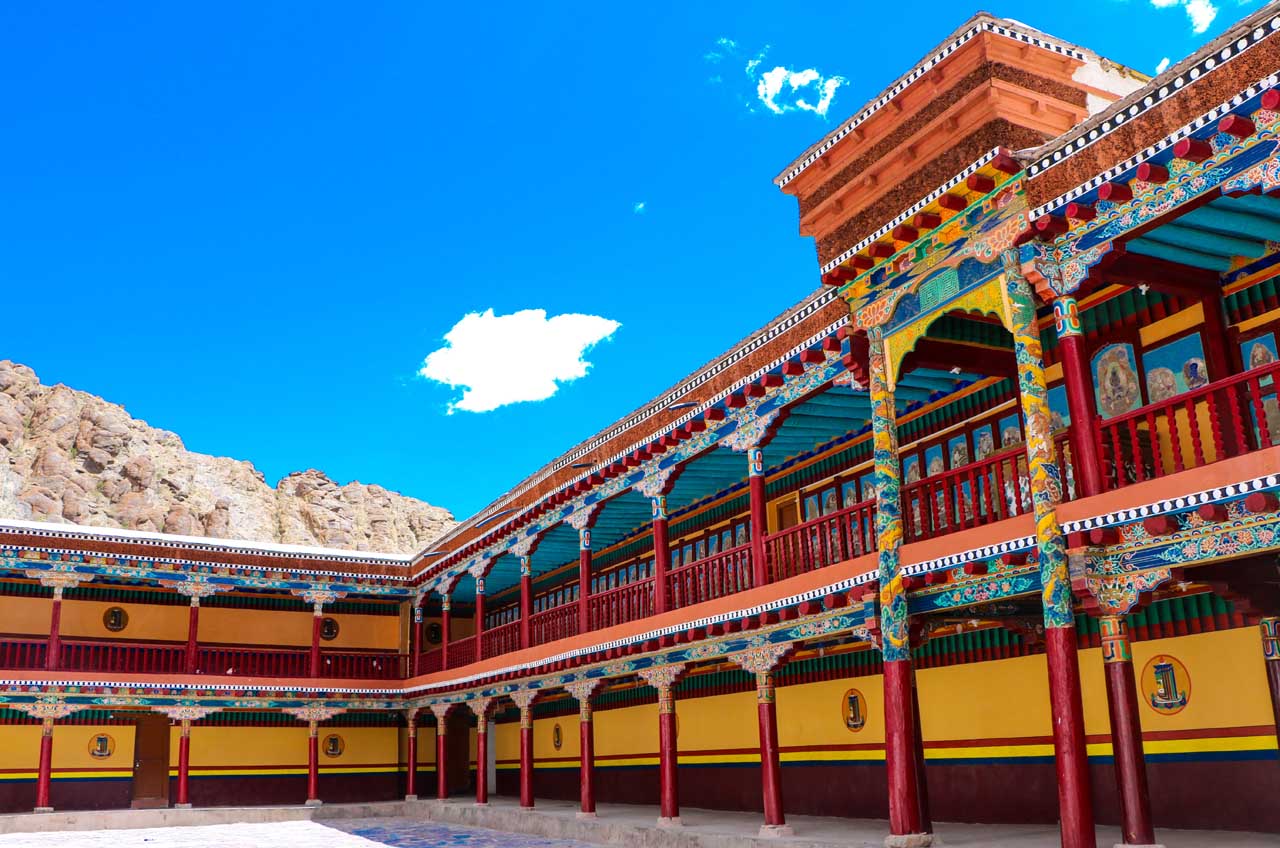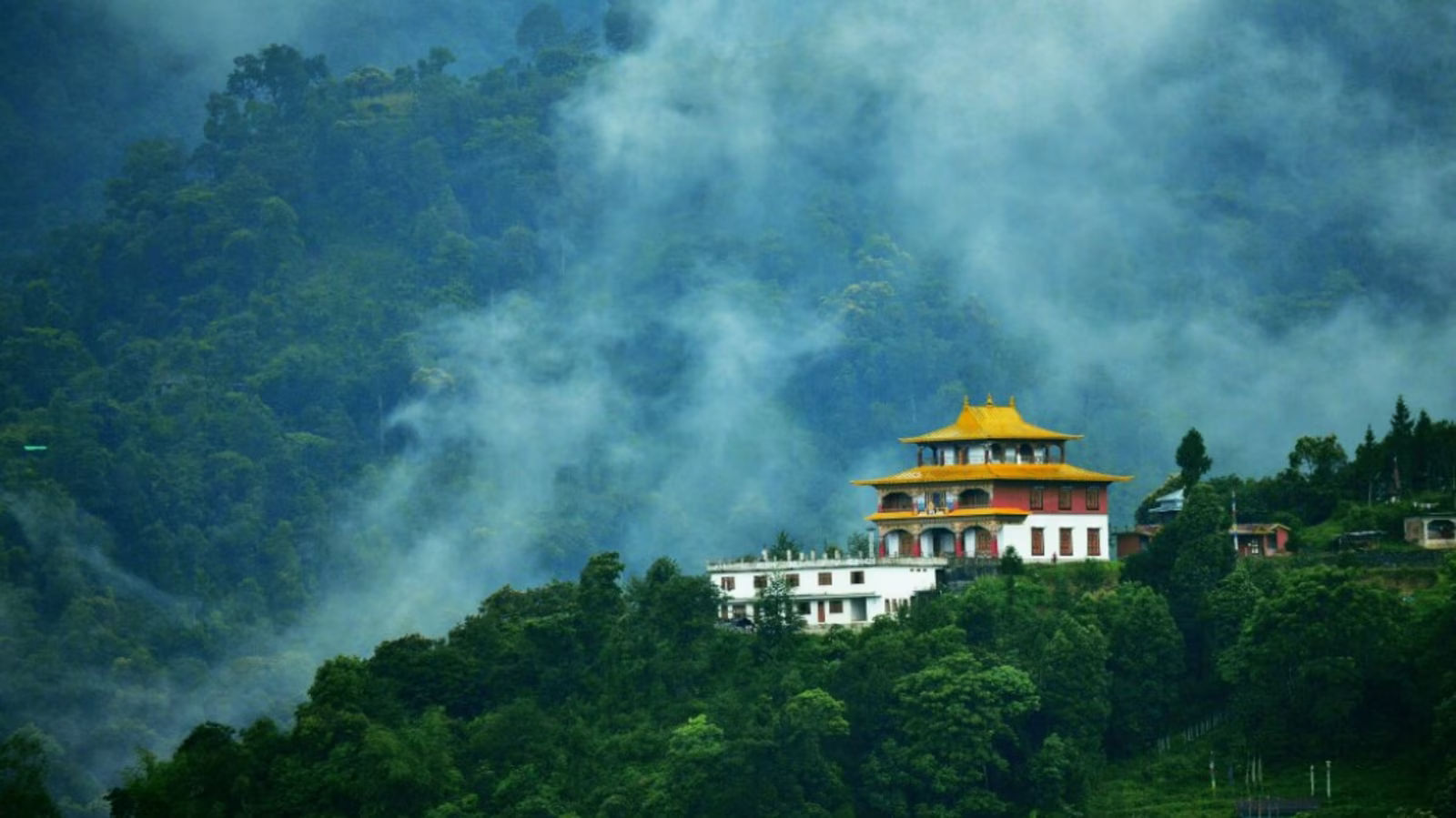Hemis Monastery

Hemis Monastery in Ladakh has long been considered as India's biggest monastery. There are more than 200 outposts of the monastery in the Himalayan area, each with more than 1,000 monks. The sanctuary is reachable by motor vehicles and is 45 kilometers from Leh. Even though the journey to Hemis Monastery is an adventure in and of itself, the environs add to the enjoyment. The Hemis Monastery, one of the wealthiest temples in India, is well known for its collection of ancient artifacts, which includes a copper statue of the Buddha, gold and silver stupas, and more. Sacred Thangkas, paintings, and other artifacts can be found all over the temple. This temple in Tibet was established by Tsangpa Gyare Yeshe Dorje in the 13th century by Tsangwang Drukpan and is home to the Drukpa Lineage, also known as the Dragon Order, of Mahayana Buddhism. With a wall separating the assembly hall, known as Dukhang, and the temple, known as Tshongkhang, the monastery's vibrant Tibetan-style building is a visual delight. Additionally, it is highly recommended to tour the monastery's enormous courtyard, which is covered in Buddhist murals of the Kalchakra. In addition to the Hemis National Park, which is nearby and one of the highest national parks in the nation, there is a nuns' residence that is situated beneath the monastery and is definitely worth a visit. Among the park's most noteworthy inhabitants are wolves and snow leopards. Visitors come to the Hemis Festival from all over the globe in droves. Seeing the monastery's Thanka during the festival every twelve years is fortunate because it denotes spiritual vitality and strength. The monastery's doctrinal foundation is the Vajrayana school of Tantric Buddhism, which is composed of the Kagyu, Sakya, and Gelug sects. They derive directly from the teachings of the Mahayoga Tantra school.

Hemis Monastery Highlights
Visit the Drukpa lineage of Buddhism's Hemis Monastery, a sanctuary from the 17th century.
As you ascend to the center courtyard, take in the breathtaking panoramas of the surroundings and the mountains.
Explore the extensive collection of antiquated artifacts, including the copper Buddha statue, other artifacts, paintings, and silver and gold stupas.
Appreciate the monastery's impressive design and structures.
The Gyalpo statue, also known as the fearsome protector, is located in the assembly hall and is thought to safeguard the monastery.
Visit the Guru Lhakhang to be in awe of the Guru Padmasambhava monument and the Dukhang Barpa to admire the Sakyamani statue.
Participate in the Hemis festival, which features the public unfolding of a sizable thangka (religious artwork).
Visit the museum at the monastery, which is home to a sizable collection of various artifacts, thangkas, carriers, and weaponry.
Visit a small store close to the museum to purchase gifts for friends and family back home, such as novels and t-shirts












